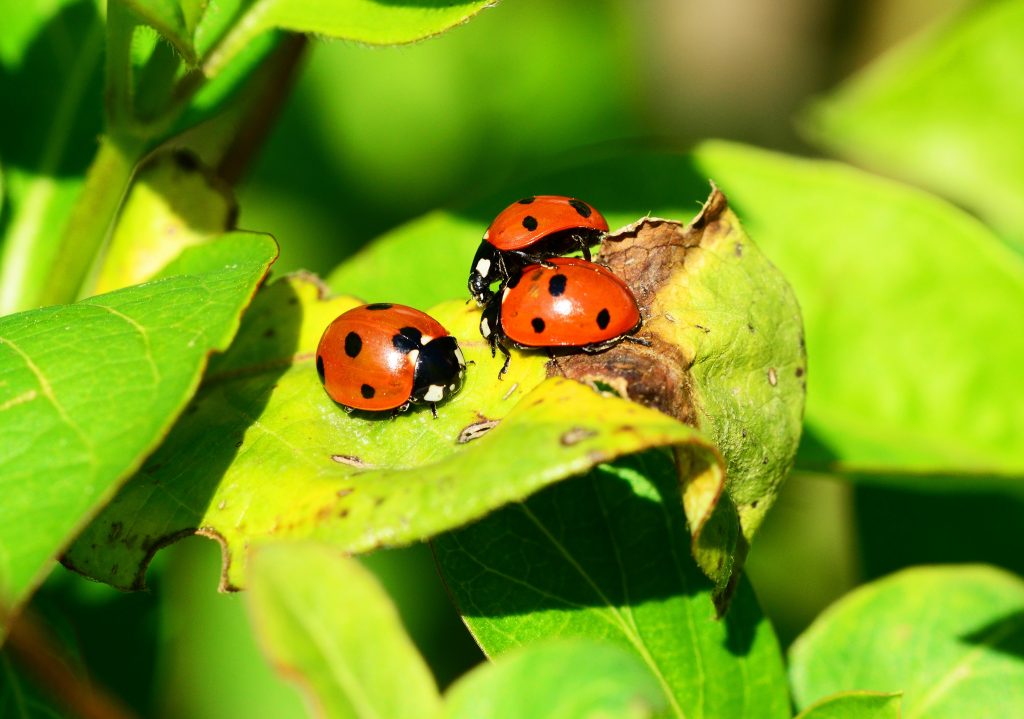
A peculiar image was rendered on San Diego’s weather RADAR this week; it showed a blob in the sky moving south towards the city from the north. With rain not expected, the local National Weather Service checked-in with trained Skywarn spotters north of town, who also confirmed the sky was rain-free. What RADAR was showing wasn’t rain: it was showing ladybugs!
A phenomena known as a ladybug bloom filled the area that was roughly 80 miles by 80 miles. While the whole 80 mile blob isn’t densely filled with the flying insect, a portion is; scientists estimated most were flying in an area about 10 miles wide at an altitude of 5,000 to 9,000 feet. According to the University of California’s Integrated Pest Management Program, California is home to about 200 species of ladybugs. Once outdoor temperatures reach about 65 degrees in the spring, adult ladybugs mate and migrate from the Sierra Nevada to nearby valley areas. In the valley areas, they feast on aphids and lay eggs. In the early summer, such as now, as their food supply of aphids dwindle, the ladybugs become hungry and migrate elsewhere.
The large echo showing up on SoCal radar this evening is not precipitation, but actually a cloud of lady bugs termed a “bloom” #CAwx pic.twitter.com/1C0rt0in6z
— NWS San Diego (@NWSSanDiego) June 5, 2019
This isn’t the first time something other than precipitation has appeared on weather RADAR. In March, RADAR saw smoke rise from a fire in New Jersey. Last year, during a fatal Southwest Airlines accident over Pennsylvania, RADAR was used to help determine where aircraft debris landed. In Chicago, birds, bats, and bugs are often spotted on weather RADAR there. And in 2003, weather RADAR tracked debris associated with the failure of Space Shuttle Columbia over portions of Texas and Louisiana.